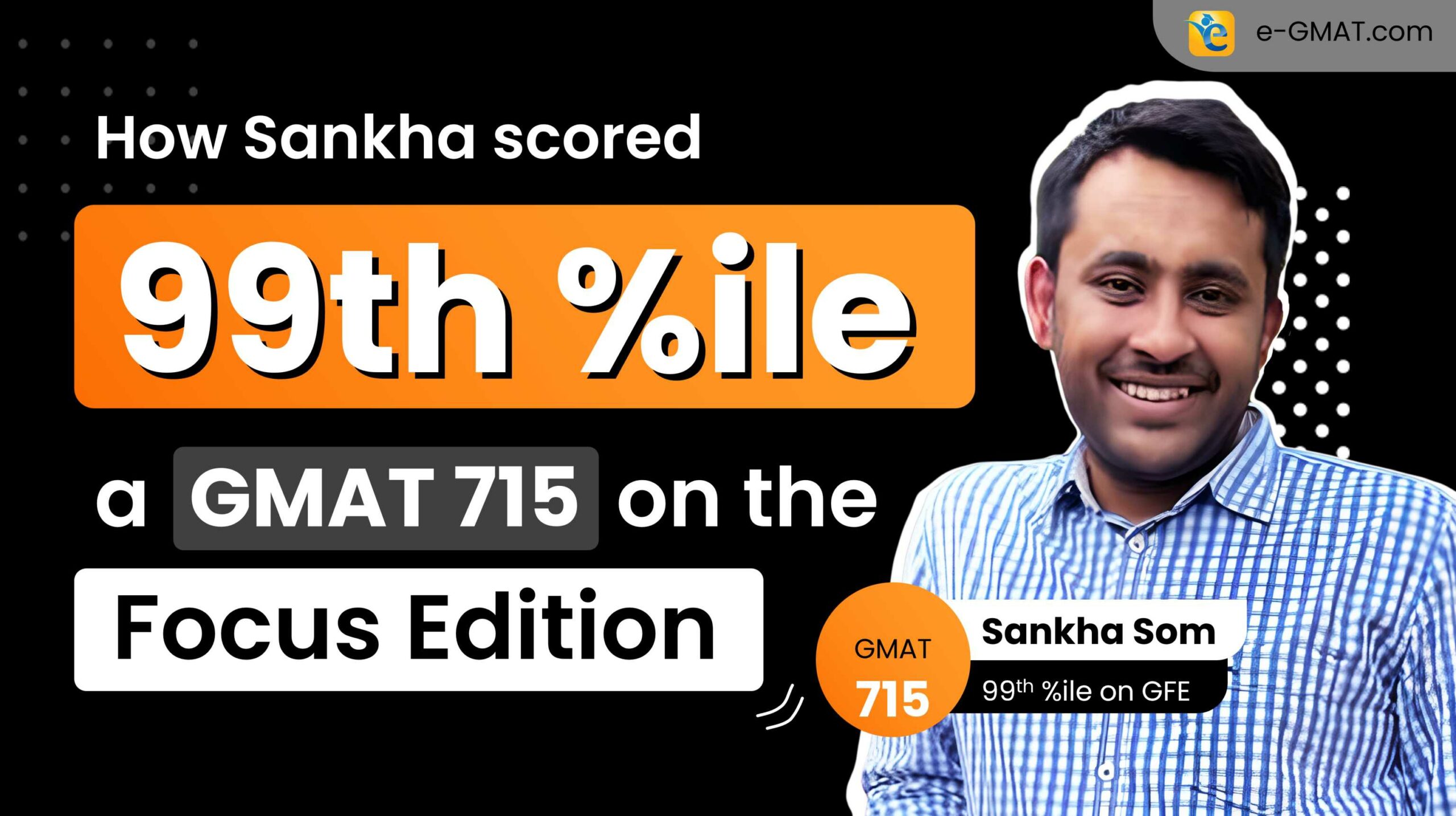Ever watched a chess grandmaster pause before their first move? That’s exactly what GMAT champions do with algebra questions. While everyone else dives straight into calculations, they know something you don’t: the game is often won in the first 5 seconds.
1 The Hidden Trap
Let’s dive into a question that’s fooled thousands of GMAT test-takers:
Find the minimum value of the integer x, if:
- 16x + 32 > 48x + 96
- 17 + 3x ≥ x + 6
Take a moment. Solve it. I’ll wait.
Did you get -5.5?
If you did, congratulations – you’ve just fallen into one of GMAT’s most cleverly designed traps. And you’re not alone. About 50% of test-takers make the same mistake.
2 The 5-Second Game-Changer
Here’s where the magic happens. Go back and read the question again. Did you catch it? That innocent little word “integer” in the beginning changes everything.
Let’s break it down:
3 The Amateur Approach (The Trap)
- Solve inequalities mechanically
- Get x < -2 from the first inequality
- Get x ≥ -5.5 from the second inequality
- Pick -5.5 (Wrong!)
4 The Pro Approach (The 5-Second Rule)
- First 5 seconds: Spot “integer” requirement
- Solve same inequalities
- Realize -5.5 isn’t an integer
- Choose -5 (next valid integer)
- Victory!

5 Your 5-Second Power Checklist
Think of this as your GMAT algebra survival kit. In those crucial first moments, scan for:
- Integer/decimal restrictions
- Positive/negative ranges
- Even/odd properties
- Consecutive number requirements
6 Why This Works
GMAT isn’t testing your ability to solve equations – your calculator can do that. They’re testing your ability to think like a mathematician. And mathematicians don’t just calculate – they observe, analyze, and strategize.
7 Making It Second Nature
Here’s your training plan:

8 The Success Formula
Your 2-minute GMAT question journey should look like this:
- 5-10 seconds: Question analysis
- 5 seconds: Write down constraints
- 60-90 seconds: Solution execution
9 Pro Tips That Make the Difference
- Write It Down: Jot down constraints before calculations
- Create a Checklist: Keep your constraint list handy
- Practice Patience: Those first 5 seconds feel long, but they’re worth it
- Trust the Process: Speed comes with practice
10 Remember This
A perfect calculation with a missed constraint is like a perfectly executed chess move in the wrong game – it’s still a loss. Master these critical first seconds and watch your GMAT score soar.
Ready to put this into practice? Try it on your next practice question. Those 5 seconds might just be the game-changer you’ve been looking for.
Practice Question:
Cement your learning with this Practice Question:
How many non-negative integral values of m do the two given inequalities satisfy:
-4m – n + 5 > 0 and n + 5 > 0?
A. 1
B. 2
C. 3
D. 4
E. 5














